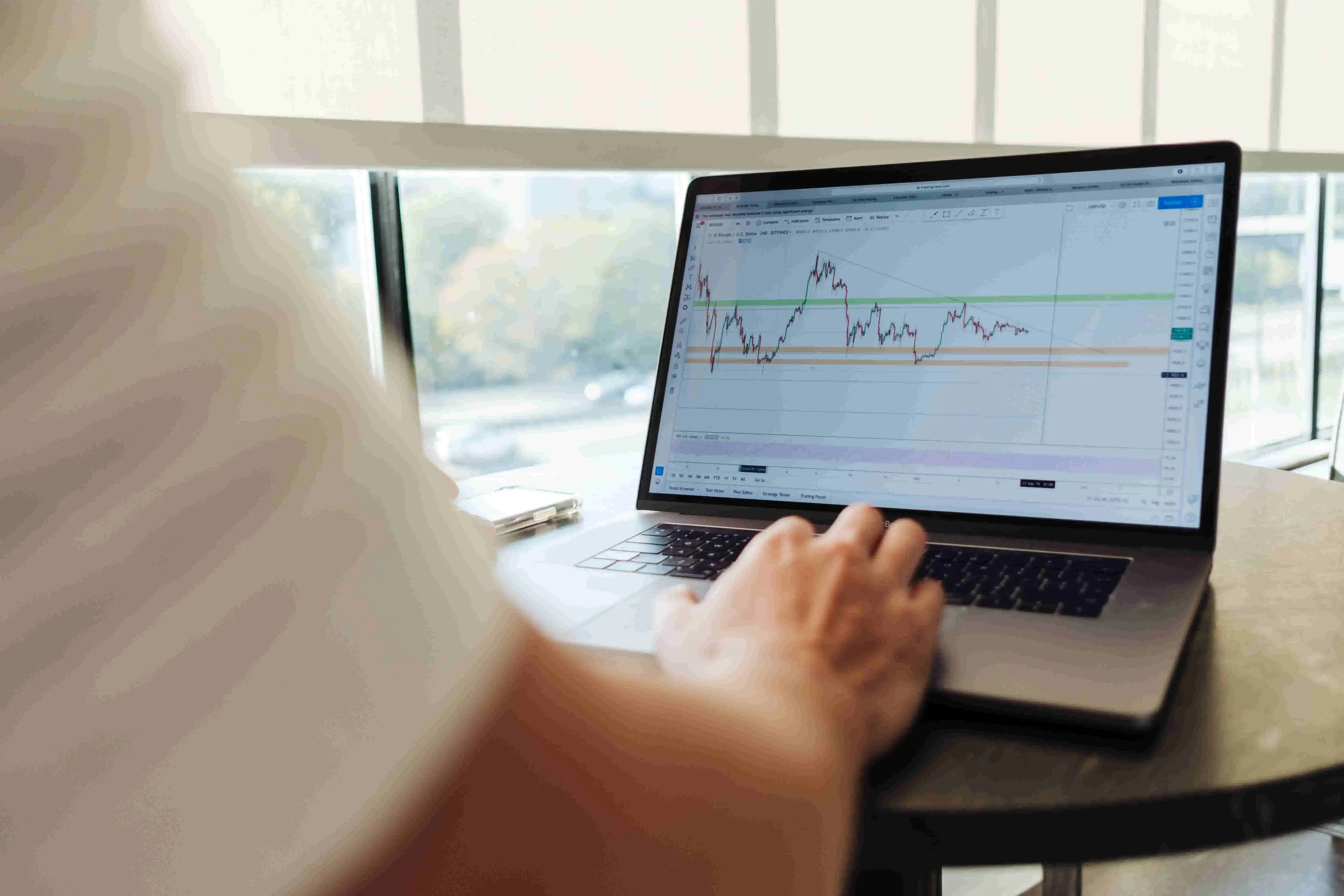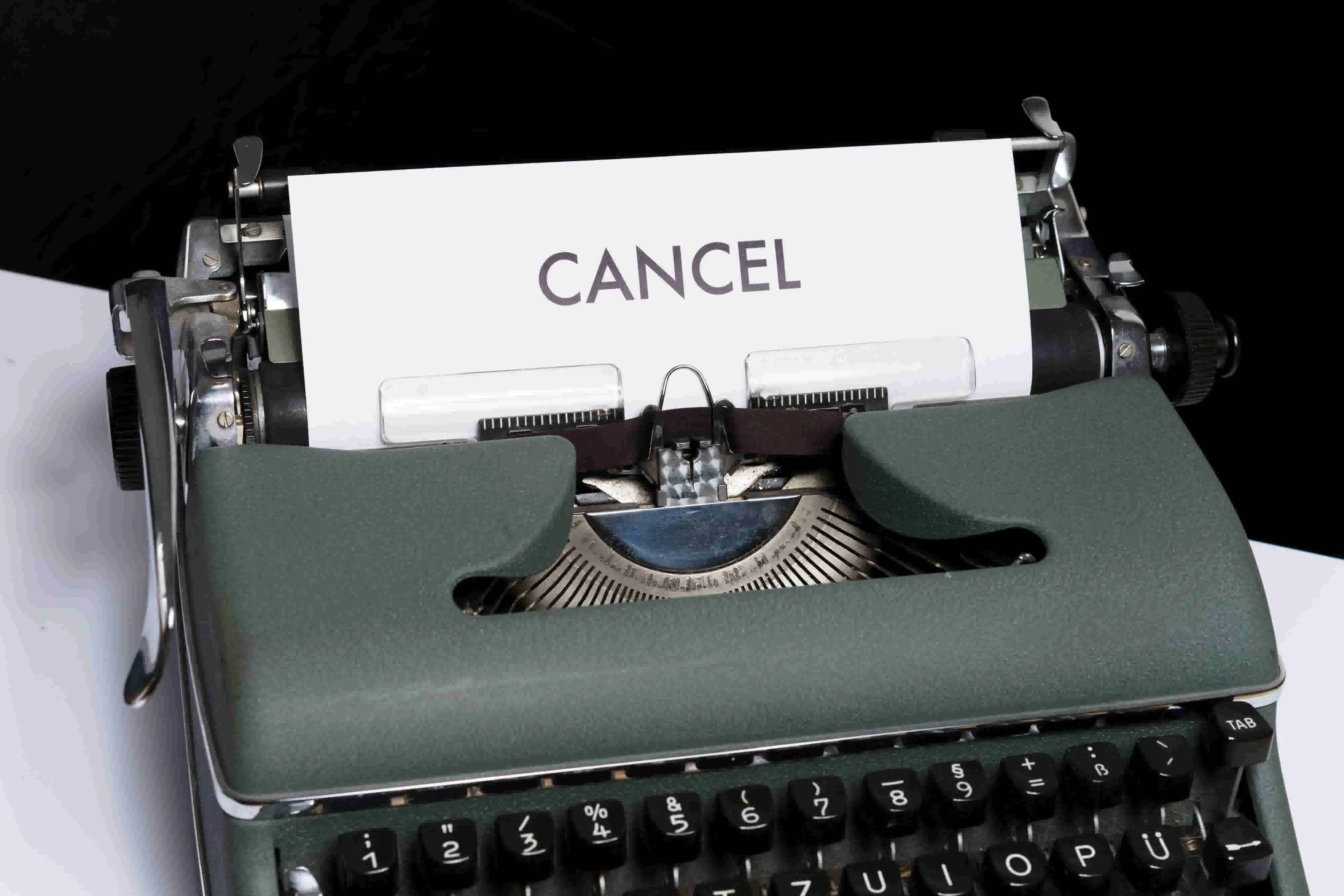Basic 101: Introduction to procurement
What is sourcing? What is procurement? What is the difference?
Dec 21, 2022 • 3 min read

▼
Basic 101: Introduction to procurement
Dec 21, 2022 • 3 min read

Basic 101: Introduction to procurement
Dec 18, 2022 • 2 min read

Basic 101: Introduction to procurement
Dec 15, 2022 • 2 min read

Basic 101: Introduction to procurement
Dec 12, 2022 • 4 min read


What is sourcing? What is procurement? What is the difference?
Dec 21, 2022 • 3 min read
Sourcing and procurement are two distinct processes that ensure an organization gets the best possible value for its money. Sourcing involves identifying potential suppliers, evaluating their capabilities, and negotiating contracts. Procurement involves purchasing goods and services, managing supplier relationships, and resolving disputes. Both processes are critical to the success of an organization and help ensure it has the resources needed to operate and grow.

The 4 Types of Spend and How to Optimize Value
Dec 18, 2022 • 2 min read
Procurement is categorized into 4 types of spend: Direct (raw materials), Indirect (operational support), Services (consulting, legal), and Capital (long-term investments). These types of spend are managed by procurement teams in different organizations. Understanding these categories helps businesses make informed procurement decisions and get the best value for their money.

Exploring Direct Spend & Its Impact: Direct Materials Procurement Software
Dec 15, 2022 • 2 min read
Direct spend refers to costs associated with raw materials, components and finished goods used in manufacturing and production. Direct spend has a significant impact on a company's bottom line and is typically managed by sourcing and procurement teams. Companies that have a high direct spend, need a well-managed procurement processes to get the best value.

The 5 Main Types of Purchasing Processes for Effective Procurement
Dec 12, 2022 • 4 min read
Procurement terms RFX, RFP, RFI, Auctions and RFQ represent different processes for purchasing goods and services. RFX is for solicitating proposals, RFP for specific proposals, RfI for gathering information, and RFQ for getting quotes. Auctions allow suppliers to bid against each other for the best price. These processes aid in finding the best supplier for a company's needs.

10 Key Terms in Procurement: A Guide
Dec 9, 2022 • 3 min read
Procurement Key Terms: Understanding Purchase Order, Invoice, Contract, Requisition, RFQ, RFP, SLA, SOW, PO Amendment, MOQ. Essential concepts in procurement include legally binding agreements, requests for quotes/proposals, and minimum order quantities. Get familiar with these terms to streamline procurement process.

5 Procurement Agreements Critical for Maximizing Buyer-Seller Collaboration
Dec 3, 2022 • 3 min read
Procurement involves key documents and agreements such as contracts, MLAs, SOWs, purchase orders, and invoices to manage the purchase of goods and services. Contracts outline the terms and conditions of a purchase, MLAs establish long-term relationships, SOWs outline specific work and costs, purchase orders initiate transactions, and invoices request payment.

How to Decide between Using RfQ or Auction
Oct 22, 2022 • 3 min read
Decide between RfQ or auction in procurement based on the complexity of the product/service, number of suppliers, budget, and timeline. RfQs are best for simple, well-defined purchases, while auctions are ideal for complex, customizable purchases. Consider factors like transparency, risk, and timeframe when making a decision.

Single Source Dependency: Benefit or Constraint?
Oct 19, 2022 • 3 min read
Single-source systems offer reliable components and cost-effectiveness with increased data control but lack flexibility and can lead to higher costs due to sole-source dependency. Disruptions in service and limited options for competitive pricing may also negatively impact organizations.

6 Steps to Create Effective Procurement Contracts
Aug 8, 2022 • 2 min read
A procurement contract is a legally binding agreement between a buyer and a supplier that outlines the terms and conditions of a purchase. Properly created procurement contracts can help organizations to reduce costs, improve supplier performance, and ensure compliance with laws and regulations. Learn the steps to create a procurement contract and the importance of regularly reviewing them.

7 Steps for Creating a Procurement Communication Plan
Jan 15, 2023 • 3 min read
An effective procurement communication plan is essential for reducing costs and ensuring successful implementation of procurement strategies. To create a successful plan, identify communication needs, define objectives, identify stakeholders, determine information to be communicated, choose communication channels, develop content, schedule communication, and evaluate and adjust the plan.

Payment Terms and Conditions in Purchase Orders: A Deep Dive
Jan 25, 2022 • 3 min read
Payment terms and conditions dictate payment details in a purchase order, including amount, method, schedule, and late payment penalty. It's important to understand these terms to avoid misunderstandings and ensure compliance. Understanding payment terms and conditions offers clarity, security, and can save time and money for both buyers and sellers.

5 Major Pitfalls in Purchase Orders and How to Avoid Them
Jan 22, 2022 • 3 min read
Creating accurate purchase orders is critical for successful business transactions. Double-check for errors, verify vendor information, and seek professional help if needed. Avoid inaccuracies to prevent delays, additional costs, and potential legal issues.

Keeping it Clear: Effective Communication in Purchase Orders
Jan 19, 2022 • 3 min read
Procurement plays a crucial role in purchase order management, ensuring efficient and cost-effective procurement of goods and services while meeting regulations and standards. Organizations can maximize efficiency with procurement through reliable information, streamlined processes, and leveraging technology. A clear procurement policy can also help reduce costs and improve overall organizational performance.

How to Decide between Using Purchase Orders and Purchase Agreements
Jan 17, 2022 • 2 min read
Understand the Key Differences between Purchase Orders and Purchase Agreements for effective procurement management. A purchase order is used for simple, one-time purchases, while a purchase agreement is used for larger purchases with detailed legal provisions. Both documents are legally binding and it's important to review and consider their terms before signing.

Optimizing Your Cash Flow Strategy Using Purchase Orders
Jan 10, 2022 • 3 min read
Purchase orders can significantly impact a business's cash flow by improving sales and liquidity, securing better terms with vendors, and helping manage cash flow more effectively. Get a comprehensive procurement platform to simplify and automate purchase order creation for better cash flow management.

Best Practices for Managing Discrepancies in Purchase Orders
Dec 17, 2021 • 3 min read
Establishing a process for managing purchase order discrepancies is crucial for reducing financial losses, delays in shipment, and maintaining customer satisfaction. Companies should define roles, set timelines, and document changes to avoid discrepancies. Implementing a purchase order discrepancy management system can result in improved accuracy and cost savings.

Maximizing Accuracy in Purchase Orders
Dec 14, 2021 • 3 min read
Accurate purchase orders are essential for businesses to avoid costly delays, disputes, and mistakes. Automation can assist in maintaining the accuracy of POs by streamlining the process and reducing manual errors. A comprehensive PO management process can help increase accuracy and improve overall business operations.

Optimizing Purchase Order Tracking and Efficacy
Dec 11, 2021 • 3 min read
Tracking purchase orders is essential for successful supply chain management. Proactively tracking orders can help minimize potential issues, manage stock levels, and reduce discrepancies between purchase orders and invoices. Having an effective system in place, such as using AI and ML or an Excel spreadsheet, and regularly monitoring updates can lead to improved delivery times and increased efficiency.

4 Benefits of Ensuring Timely Payments for Purchase Orders
Nov 29, 2021 • 3 min read
Timely payment of purchase orders is crucial for maintaining positive relationships with suppliers and ensuring their financial stability. Automating payment processes and budgeting correctly can help overcome challenges and ensure timely payment. Timely payment demonstrates commitment and builds a strong foundation for a long-term business relationship.

4 Critical Legal Implications of Purchase Orders
Nov 14, 2021 • 3 min read
A purchase order is a legally binding document between a buyer and a seller outlining the details of a transaction. To protect both parties, it is important to include all necessary information, such as the items being purchased, delivery date, and payment obligation. Both parties must sign the purchase order and keep a copy for their records. Understanding the legal implications of purchase orders helps ensure a smooth and successful transaction.

How to Effectively Manage Purchase Order Cancellations
Oct 30, 2021 • 3 min read
Automating the cancellation and return process can improve customer experience, streamline operations, reduce errors, save time, and provide clear instructions. A tracking system can also help identify trends in cancellations and returns, allowing for improvements in customer service and product quality.

Optimizing Tax Burden and Benefits Using Purchase Orders
Oct 27, 2021 • 3 min read
Tax obligations are a critical aspect of running a successful business. Purchase orders can impact taxes, such as VAT and sales tax, depending on location and tax laws. Accurate records and utilizing available deductions and credits are key to effectively managing tax obligations.

A Strong Case for Retaining Purchase Order Records
Oct 12, 2021 • 2 min read
Retaining accurate purchase order records is essential for businesses to stay compliant, support financial reporting, and improve procurement processes. Failure to do so could result in legal action, fines, confusion, and inaccurate inventory tracking. Implementing a digital platform or centralized system can improve record-keeping accuracy.

How to Maximize Value from Multi-Currency Purchase Orders
Oct 9, 2021 • 3 min read
To efficiently manage multi-currency purchase orders and minimize exchange rate risk, companies should automate currency conversion, compare rates from multiple providers, consider fees and hidden charges, and use digital platforms such as foreign currency brokers or international payment providers. This will help companies improve financial reporting accuracy and support effective procurement practices.